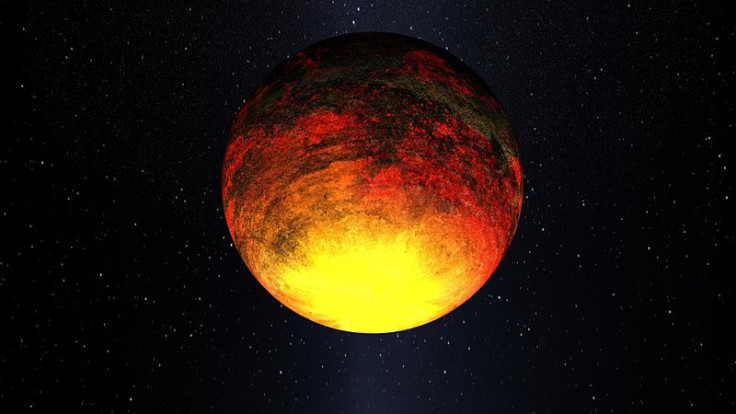Hunt for Vulcan: The planet near Mercury that Einstein proved didn't exist

There was once a planet called Vulcan that was very hot and orbited the sun near Mercury – until Einstein proved it never existed. From 1859 to 1915, scientists believed that the elusive Vulcan and its gravitational pull caused Mercury to wobble in orbit.
The Hunt for Vulcan is a recently released book by MIT's Thomas Levenson. In it he charts the 50-year hunt by the world's top scientists for the planet that never was there, starting with Isaac Newton and his theories of gravity and ending with Albert Einstein and general relativity.
Vulcan's existence was first suggested by French mathematician Urbain Le Verrier. He hypothesised that the planet was located between Mercury and the Sun and that it would help explain Mercury's unusual orbit.
In 1846, Le Verrier had predicted the existence and position of Neptune using only mathematics. His discovery, which was confirmed by astronomers very shortly after, was based on the idea that the gravitational pull was causing Uranus's wobbly orbit. Using the same principle, he thought another unknown planet might be having the same effect on Mercury.
"Belief in Vulcan lasts from 1859 to 1915," Levenson told MIT News. "But the story really starts in the 1680s, when Isaac Newton writes the Principia, the foundational text of the scientific revolution, and in it describes and works out the consequences of his laws of motion and the law of universal gravitation. Newton's successors tried to apply that law with more and more sophistication to problems you actually see in nature."

After finding Neptune, Le Verrier followed the same reasoning to say another planet must be upsetting Mercury's orbit: "What followed was a cat-and-mouse game. Some people looked for Vulcan and couldn't find it, while there were repeated reports of discovery by professionals and amateurs alike."
In 1915, Einstein put an end to the fruitless search after showing Mercury's wobble is in keeping with the theory of general relativity, where gravity represents the contours of spacetime.
"Very unusually for Einstein, when he got the right answer in his calculations, sitting at his desk ... he was beside himself with joy, and couldn't work for a couple of days," Levenson said.
"Einstein was not a person who was given to wild extremes of emotion. When he got the correct orbit for Mercury, for him that was tantamount to confirmation of general relativity."
He said the search for Vulcan highlights a bigger issue in science and how things we hold as fact may not be all as they seem. There was absolutely every reason Vulcan should exist. It wasn't a crazy idea at all. These people weren't crazy. They were doing science the way you expect science to be done.
"They were working on a difficult idea, with difficult observations, at the limit of scientific knowledge of the time, and they got something wrong. But we are not immune to measurement error, and we're certainly not immune to the capacity for human self-deception. Historians 100 years from now will laugh at us just as we laugh at our friends from 100 years ago."
The Hunt for Vulcan by Thomas Levenson is published by Random House and was released on 3 November.
© Copyright IBTimes 2025. All rights reserved.






















